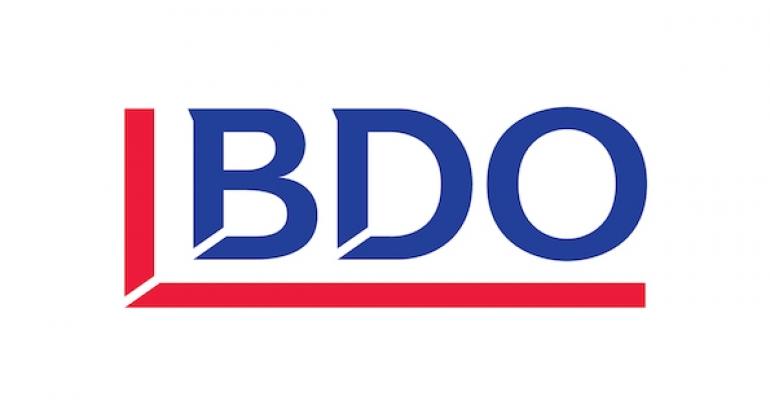 This post is part of the On the Margin blog.
This post is part of the On the Margin blog.
Thank God for lower commodity costs.
Restaurants faced a dual threat of lower sales and higher labor costs in the first half of 2016, according to the latest benchmarking report from the consulting firm BDO.
“Commodity costs certainly helped out,” said Dustin Minton, co-leader of BDO’s restaurant practice. “It ebbs and flows between commodity costs and labor. When all these were going up a few years ago, labor was down. Now it’s going in the other direction.”
Prime costs — food and labor — were flat on the year at 59.2 percent of revenues, according to the benchmarking study. That’s the same as in the first half of last year.
Cost of sales, which are food costs, fell 0.7 percent to 28.8 percent of revenues on average. Lower beef costs, in particular, have brought down historically high costs that led many chains to raise menu prices.
Those costs were offset by a rise in labor costs of 0.7 percent. Labor as a percent of revenue was 30.2 percent, up from 29.5 percent.
Higher labor costs coupled with weak sales wiped out the profitability many restaurant chain executives expected heading into the year because of the lower commodity costs. Indeed, it could well be a factor in the remarkable change at the CEO level so far this year, including five CEOs of publicly traded restaurant chains since July along with several top-level executives.
Overall, restaurant industry same-store sales rose just 0.3 percent in the first half of 2016, according to BDO. Given relatively static menu price increases, implied traffic is likely down in the low single digits, at least.
The worst performing sector was casual dining, where same-store sales are down 0.6 percent in the first half of the year. A longtime slowdown in that sector apparently sped up in 2016.
On the other hand, pizza chains performed best, with same-store sales of 3.6 percent, led by Domino’s Pizza’s industry-leading 9.8-percent second-quarter performance.
“Pizza is still hanging in there,” Minton said. “With the lower commodities, the Domino’s and Papa Johns of the world can offer a better family deal.”
Same-store sales rose 1.5 percent at quick-serve concepts, and 0.3 percent at upscale-casual chains.
They fell 0.2 percent at fast-casual concepts, yet that number was brought down by Chipotle’s 26.5 percent decline in first-half, same-store sales.
Without Chipotle, Minton said, the sector’s same-store sales rose 2.4 percent. “That’s much better than it appears,” he said.
Contact Jonathan Maze at [email protected]
Follow him on Twitter at @jonathanmaze

